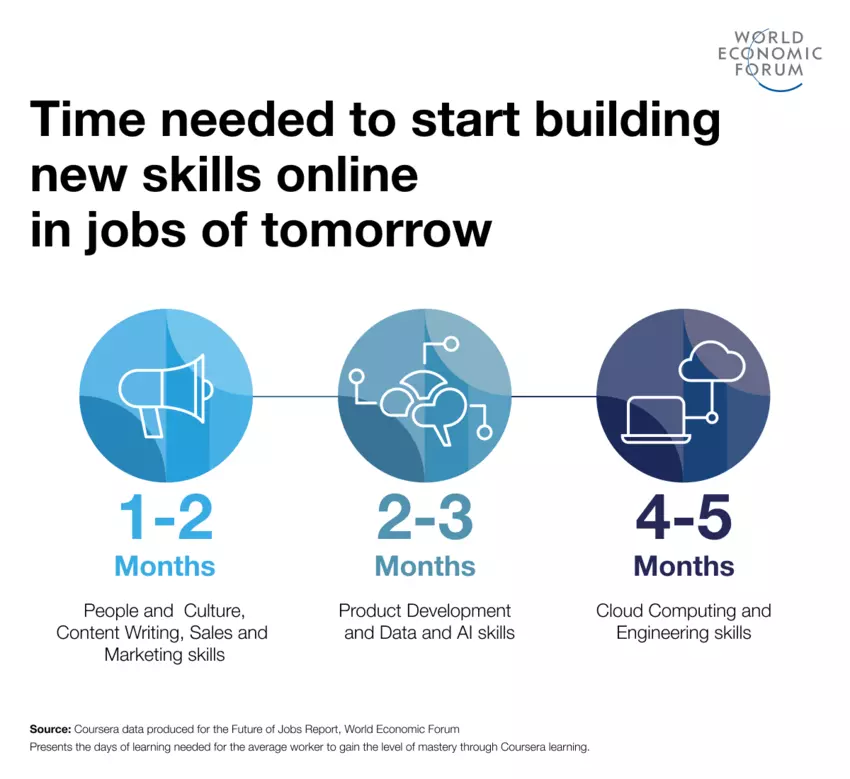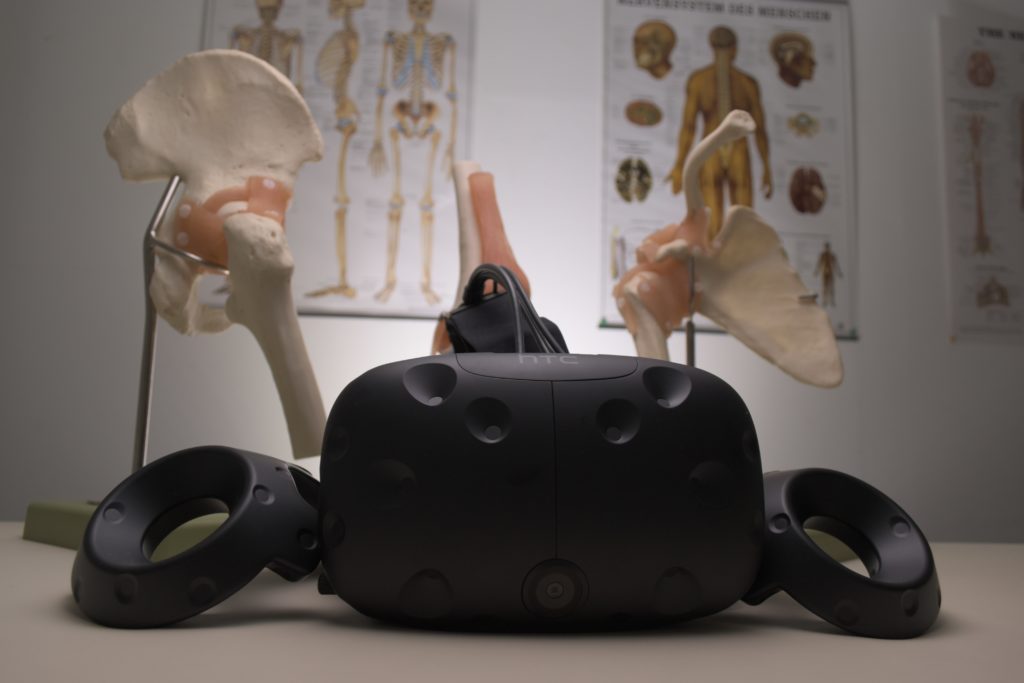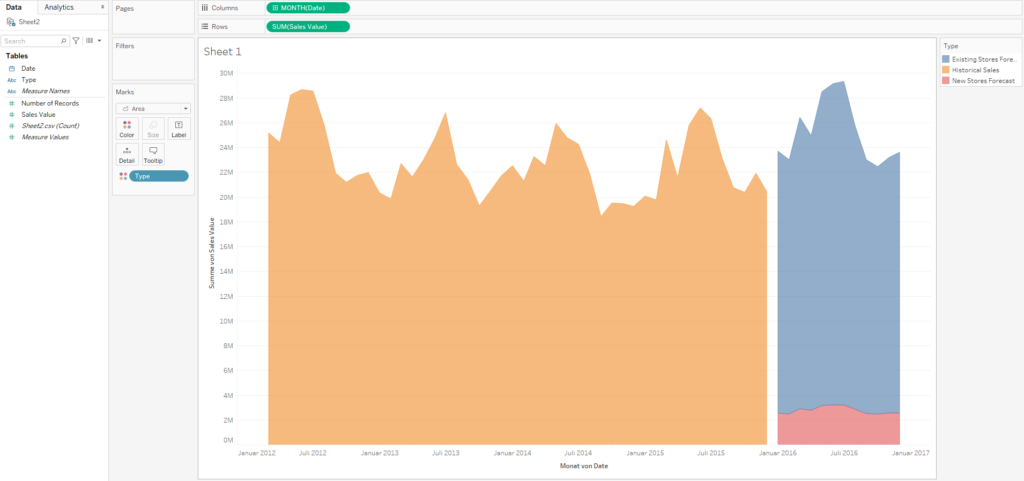I’d like to pick up here where I left off in my blog post on Data Career with a non-technical background, which has so far turned out to be my most-read blog. There are a lot of resources available on this topic and yet it’s a reoccurring question on many occasions. This is why I decided to give my take on this. I already wrote that transition from a non-technical background is possible, but two questions remain open:
How to choose the right career path? (As there is not just one role when working with data) &
What steps to undertake that would lead you in that direction? (Including How long will the journey take?)
A Data Engineer is not a Data Scientist. Or is it?
It’s important to get a good overview of the current job clusters in tech. Otherwise, it can be a bit overwhelming and you might want to give up before you started. Although job titles and job descriptions may vary from company to company, there are some commonly accepted traits for a specific role.
In the previous post, I wrote that the more technical jobs are in the area of data engineering and cloud computing. This is also doable for a person coming from a non-technical background, but if you are not sure, I would suggest starting as a data analyst – from there you can choose to either go in a more technical direction like engineering and development or in a more analytical one like data science and artificial intelligence (AI).
As there are many resources explaining the different roles in data, here is a summarized version of the tasks and skills mostly associated with them.
| Data Engineer/Architect | Data Analyst | Data Scientist | AI Specialist | |
| Tasks | Creates, tests, and maintains data architectures (data warehousing or data lake solutions) | Collects, cleans, models, and visualizes data | Performs advanced analytics with the help of different statistical methods like inferences, correlations, regressions, clustering | Designs and implements machine learning models with the help of supervised, unsupervised, reinforced learning, artificial neural networks |
| Skills | Databases, ETL (extract, transform load), APIs (application programming interface), Cloud technologies like Microsoft Azure, AWO, Google Cloud | SQL, Business Intelligence Tools like Power BI, Qlik, Tableau, Alteryx | SQL, Analytics tools like Python, R, Matlab, Statistical programs like SAS, SPSS, Stata | Python (especially TensorFlow), R, Matlab, further coding skills with Java, C, C++ |
It’s not required to know all tools/technologies. You start by learning one and continue from there. It usually suffices at first, as companies also have to decide between tools.
Remember that in practice the dividing lines among the roles can be blurred. Especially in smaller companies, it is often expected that employees are able to both create the infrastructure and analyze data. This means you have to act as both a data engineer and a data analyst. Sometimes data scientists do the tasks of data analysts (vice versa is possible as well). And often the term data scientist is used as a synonym for all tasks that include various statistical and machine learning modeling.
Get to your Career-Destination – Bootcamps or Online Courses?
So, how do you reskill yourself to get to your dream job? Enrolling in a University study program is an option, however, this is the most time-consuming option and not very popular among non-techies.
There is an overwhelming offer of online courses available, teaching certain tools or programming languages. Some offer specialized tracks tailored to the need of the job role. I have compiled a list of courses for you to check out. The list is not exhaustive and you’ll find a lot more courses if you search the web.
The graphic below states that the time needed to “start building new skills online” for Data and AI-Skills is from 2 to 3 months and for Cloud and Engineering Skills from 4 to 5 months, provided you learn every day. This is the approximate time you need to get a basic understanding of the tasks in a particular role. It’s the time you can use to determine whether this is a career worth pursuing. However, it would be misleading to think that this is all it takes to become an expert in the field. In my experience, you’ll need more than one course to master a skill, provided you actually make it to completion.
Online courses are unfortunately known for low completion rates: around 10 percent. If you do make it, you are equipped for continuous learning, at best in real-life projects.

Bootcamps are a format that promises that in usually 3 to 4 months of intensive training you would be fit for a certain role. The difference is that Bootcamps oblige you to study every day, whereas in online courses the study time can be stretched. While it can be true that if you commit to a certain learning objective and follow it intensely you may register considerable progress, at the end of the Bootcamp you reach an intermediate level at best. Here you can find out how to assess the level of your digital skills. It is important not to stop learning and to implement what you have learned.
There is less data available regarding completion rates of Bootcamps but some surveys suggest a relatively high rate. This 2021 evaluation of 89 Bootcamps in the UK registers around 80% completion rate.
Some of the advantages of Bootcamps are that they are instructor-led and intensive. This is usually the disadvantage of online courses, as you require a lot of self-discipline to study on a regular basis. The content is retrievable at your own pace, and you can at best rely on forums for interaction. On the other hand, Bootcamps are more cost-intensive so it’s important to make a cost-gains analysis before you decide to make this investment.
. . .
Whichever approach you choose, I would suggest that you first try role-based tracks. Universities offer role-based degrees. But also many Course- or Bootcamp providers have created curricula around job roles. See for instance Datacamp, Dataquest, or Stackfuel in my list. This way you make sure you start with the right set of learning content.
Title photo by Alexander Sinn on Unsplash




Leave a Reply